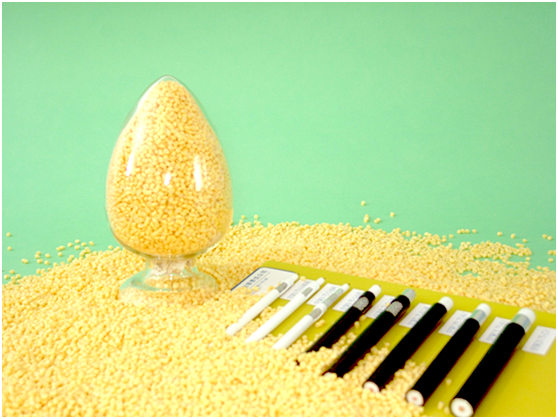
There are several selection principles for nucleating agent:
1.Stable at processing temperature without decomposition reaction
2.The melting point of the organic reactive heterogeneous nucleating agent is appropriate, and it can melt completely at the processing temperature. If some nucleating agent cannot melt, there will be “fish eyes” in the molded products, which will affect the transparency of the products.
3.The size of inorganic heterogeneous nucleating agent is suitable, and the nanometer size is the best.
4.Compatibility and dispersion.
According to the different crystal forms, nucleating agents are generally divided into α – and β – nucleating agents.
α – nucleating agent mainly improves the transparency, surface gloss, rigidity and hot deformation temperature of products, which is also known as transparent agent, antireflective agent and stiffening agent. At present, most of them are sold in the market, mainly including dibenzylidene sorbitol (DBS) and its derivatives, aromatic phosphate salts, substituted benzoates, etc., especially DBS nucleating transparent agents. Generally speaking, nucleating agent refers to α – nucleating agent. According to the different structure of α nucleating agent, the nucleating agent can be divided into inorganic, organic and polymer. For example, the inorganic group includes talcum powder, mica, calcium carbonate, etc. its particle size should be less than the wavelength of visible light, otherwise it will greatly affect the transparency of the material.
While β nucleating agent aims to obtain polypropylene products with high β content. Its advantage is to improve the impact resistance of the products, but not to reduce or even improve the thermal deformation temperature of the products, so that the contradiction between impact resistance and heat-resistant deformation can be considered.
There are two main types of β – nucleating agents. One is a few fused ring compounds with quasi planar structure. The other is composed of some dicarboxylic acids and oxides, hydroxides and salts of group Ⅱ a metals. It can modify PP by changing the proportion of different crystal forms in polymer.



